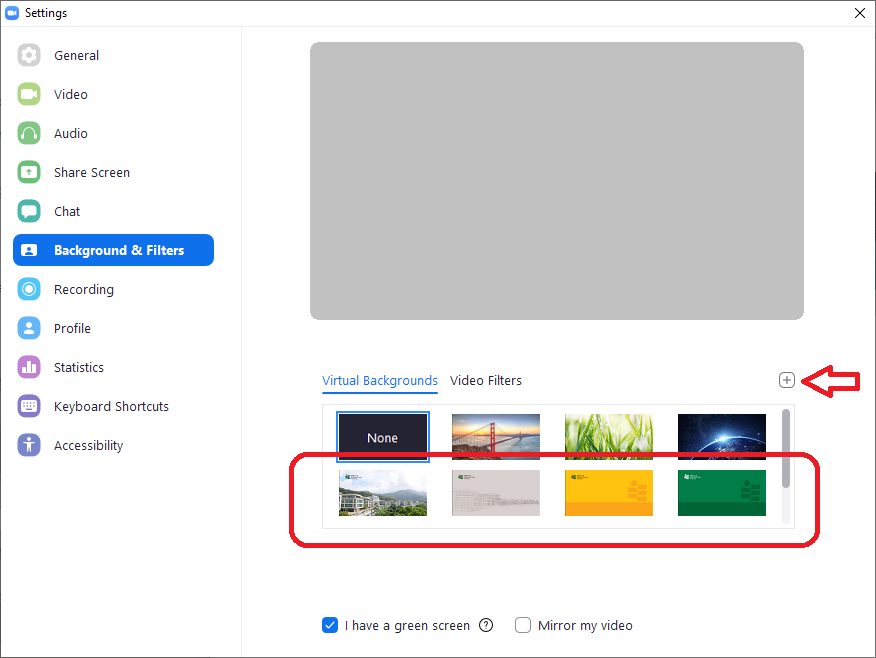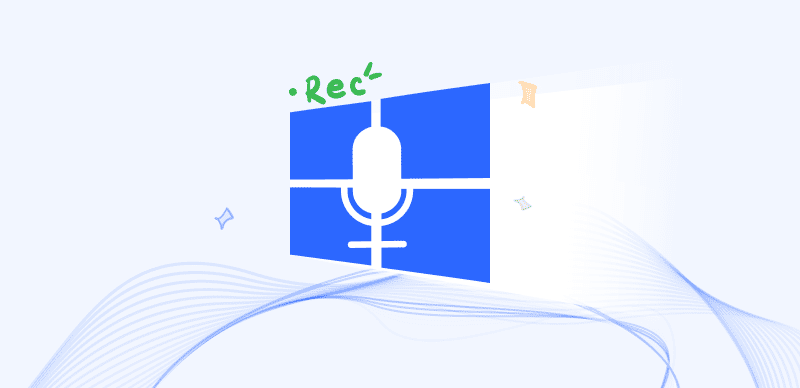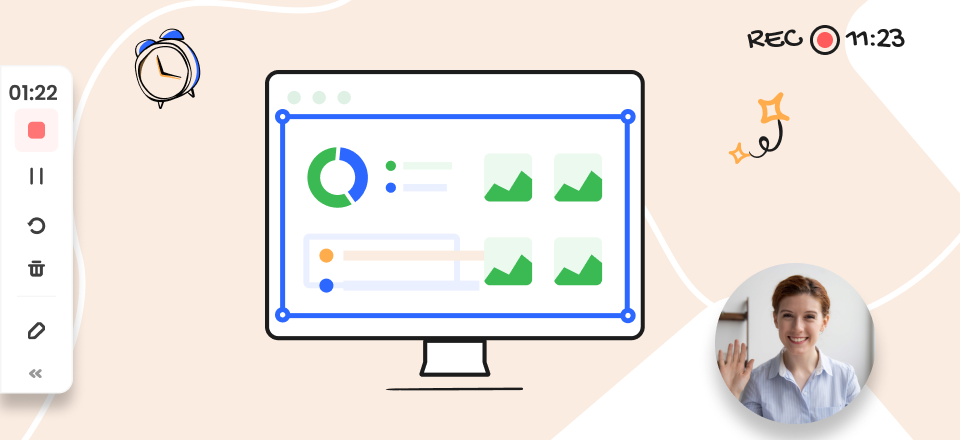The ongoing decentralization of work and increased availability of remote positions wouldn’t be possible without the advances in IT technology that empower the latest generation of video conferencing solutions. While many software apps can be used for this purpose, Zoom has emerged as the most reliable platform to connect dispersed teams in real-time and allow them to talk face-to-face or instantly exchange documents and pictures.

Use Zoom Virtual Background without Green Screen
Many corporate meetings are now routinely held over Zoom, and participants are often forced to sign in from their private space or an even less convenient location. That can cause a lot of unintended details from personal life to be revealed, potentially spoiling the professional atmosphere and distracting from the relevant subjects. This is where the virtual background function in Zoom becomes very useful, and all frequent users would be wise to master its application.
The Benefits of Replacing Your Background During Zoom Calls
The greatest advantage of Zoom is at the same time its most annoying trait – it lets people find you and connect with you no matter where you are for as long as you have access to Wi-Fi. This can be a life-saver when you urgently need to fix something at work while you are on vacation, but you don’t exactly want everyone in the office to see your kids make a mess of the hotel room in the background. Using a virtual background can solve this and many other situations, which is why it’s recommended whenever you are logging in to Zoom from a location that’s not your default business environment.
Here are some things you can gain if you place a virtual background behind you while you are talking to your team on Zoom:
- Prevention of accidental disclosure of personal information (addresses, bank accounts, etc.)
- Controlling what others can see while you are participating in a formal meeting
- The ability to add some visual style to your online appearance
- Eliminating any chance of a random disruption occurring during a meeting (i.e. your dog walking behind you)
- Achieving consistency in your presentation every time you use Zoom for work
- Enabling easier editing of captured video that includes removal of the background
Choosing the Right Background for the Occasion
Zoom lets you use a variety of visuals as your background during video calls. Depending on what type of meeting you are attending, you should select the most appropriate background that will reflect your relationship with the other participants. For business calls, it is recommended to use a company logo or another simple and safe visual, while in a less formal setting you could opt for a fun background with vivid colors and animated visual effects. Since the goal is usually to minimize intrusions and keep the focus firmly on the conversation, backgrounds that don’t attract too much attention are preferred in most settings.

Zoom Interface
What is Green Screen and Why You Need it for Zoom Meetings?
Having a physical green screen placed behind you allows for easier superimposition of the chosen virtual background in Zoom, which is why many professionals who use this software daily have it at the ready. This prop helps the software to cut your figure from the background, just like it does when it’s used for recording difficult movie scenes. While a green screen is not a precondition for using a virtual background in Zoom, it decreases the hardware requirements for the device on which Zoom runs, thus reducing barriers to use.
Effectively, you need a more powerful phone or computer to enact a virtual background if you are doing it without the help of a green screen. The latest generation of devices should be able to achieve this without problem, so you really don’t have to invest into a green screen barrier if you are just an occasional Zoom user.
How to Use Zoom Virtual Background without Green Screen
Setting up a virtual background of your choice isn’t hard and it can be done within a minute or two, regardless of whether you possess a green screen or not. Zoom lets you control how your background looks, and you simply need to pick the right option from the menu and select the most suitable image for the type of meeting you are planning to have. Just follow these steps and you can have any background you want, even if you don’t own a physical monochromatic layer to block out your immediate surroundings.
Step 1 – Log into your Zoom account from the device you want to use during the meeting
Step 2 – Go to Settings menu, open the Meeting and select the In Meeting option and then click on Background & Filters and go to Virtual Backgrounds tab
Step 3 – Make sure that the check box next to ‘I have a green screen’ is not active
Step 4 – Click on the + sign next to Choose Virtual Background and find the visual you want to use

Click on the + Sign
Step 5 – Save your changes and join your call with a web camera turned on
Frequently Asked Questions about Virtual Green Screen
Can I use a barrier in another color in the role of a green screen?
Those in the content making business are aware that ‘green screen’ doesn’t actually have to be in green color. It’s just a term taken from the film industry, and it denotes any monochromatic cover that helps to isolate the speaker from the background, regardless of its actual color.
Is it a good idea to use video clips as animated backgrounds during Zoom calls?
Zoom definitely allows you to do this, so there is no harm in trying it out. However, video backgrounds demand a much more robust hardware configuration and can also distract participants in the meeting from serious issues they are trying to discuss, so they are not always practical.
Can I change my background while my virtual meeting on Zoom is in progress?
Yes, it’s possible to activate a virtual background or change its appearance even while you are actively engaged in a call. You can do this from the Settings menu, but you may need to have the passcode for the Zoom room you are in for the changes to be visible to other participants.
Final Thoughts
By necessity, most white-collar workers have to learn how to use Zoom virtual background without a green screen. This is not a demanding operation, and the benefits it brings more than justify the effort to set up a nice looking virtual background. For the most intense Zoom users it makes sense to invest in a physical green screen and reduce the requirements for showing a virtual background during a call, but even if you are unable to use this prop there is still a solution at hand. It’s crucial to check the capacities of the hardware device from which you are accessing Zoom before you can ascertain whether virtual background with no green screen is possible on that device.



